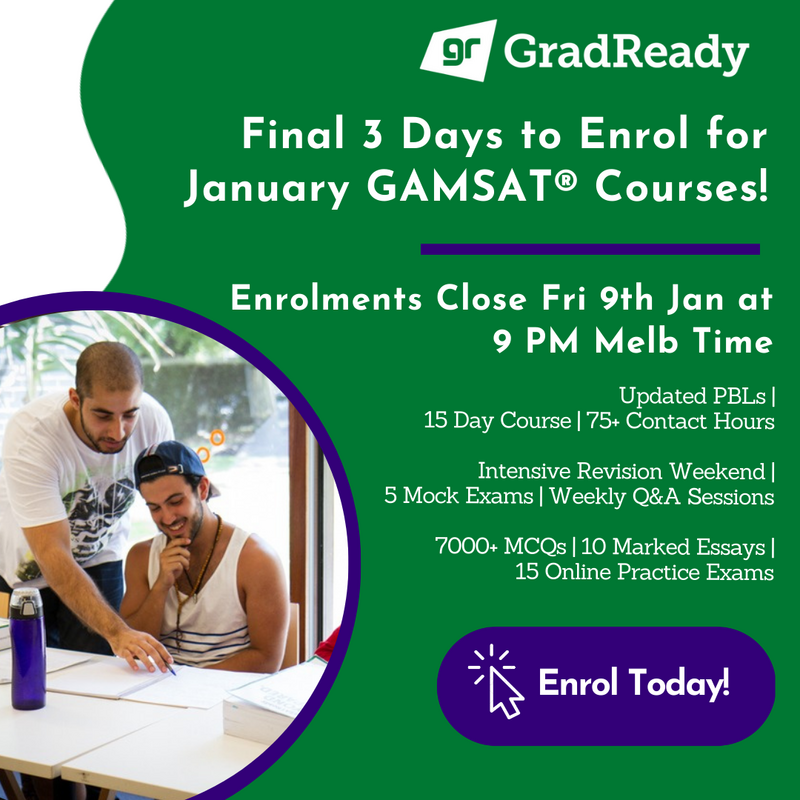You may be at the very beginning of your medical training or still waiting and hoping to break down the solid and seemingly unbreakable entry wall, but it can be helpful (and motivating) to learn more about what exists at the end of the tunnel and educate yourself on career options ahead. As a lowly medical student, I have not yet had extended exposure to any specific specialties, but I thought I would speak about one of the perhaps less promoted – ophthalmology.
Some general information first about the long and treacherous road following the end of medical school. Each specialty, i.e. general practitioners, surgeons, physicians and paediatricians are equipped with their own college, which have training programs with varying requirements. Recently, I attended a talk with several physicians from different areas and one of the glaring points was the exponential increase in competition for training programs in Australia. Popular areas such as cardiology, surgery and neurology are becoming so increasingly competitive that many of us are too intimidated to even consider them. Although this talk of specialties and the continuous uphill battle that follows medical school is somewhat disheartening, it is important to be aware of what ahead, and realise that one day you will laugh at how big a deal you thought the
GAMSAT® Exam was.
Moving right along. Ophthalmology is the study of the eye, and the 5-year training program equips you with the ability to diagnose, manage and treat any eye or visual system related issue, including the completion of (very) complex and delicate microsurgery. This element of surgery is perhaps one of the most appealing aspects of ophthalmology. It means you are able to sit on the fence in between becoming a physician or a surgeon, and enjoy aspects of both. This varies from a cardiologist for example, where once it is decided surgery is necessary, requires a separate cardiothoracic surgeon to complete the procedure. This specialty gives the opportunity to have continuity of care with your patients and the instant gratification of surgery.
This unique nature gives ophthalmology its own college, “
The Royal Australian and New Zealand College of Ophthalmologists”. Training is intensive (unavoidable as I mentioned) with 2 years (minimum) required as a qualified doctor before becoming eligible for the 5 year ophthalmic specialty training. To clarify, Optometrists in contrast, are health professionals (not Drs) who measure eyesight, prescribe corrective lenses and detect eye disease. Any disease detected is then passed along to an ophthalmologist. Optometry is an interesting undergraduate pathway, providing a medical science grounding with a specialty in visual science. This means that following graduation and perhaps in the interim of medical school, you would have the ability to practice as an optometrist and gain exposure to a clinical role. The details of this pathway will vary across universities, and of course would require additional information, but may be an interesting and different backup option.
The world of specialties is a robust and intimidating place, and it’s understandable that learning about the different specialties would take the back seat whilst you are still in the process of fighting hard for your spot in medicine. However, it is important to keep half an eye out for what will happen after medical school, and learn about some of the incredible opportunities that await. Hang in there guys!
If you're still in the process of applying to medical school, check out our guide on
Australian Graduate Medical Schools - Admission Requirements.






